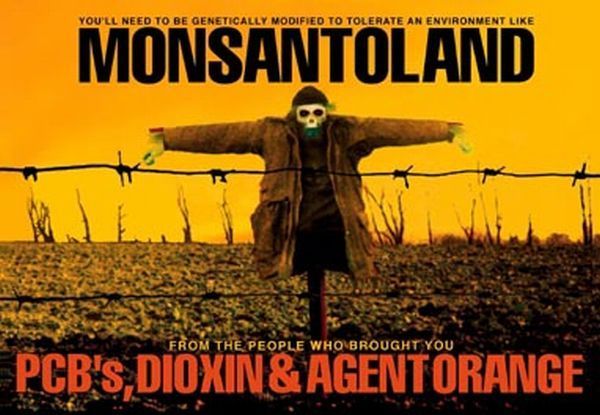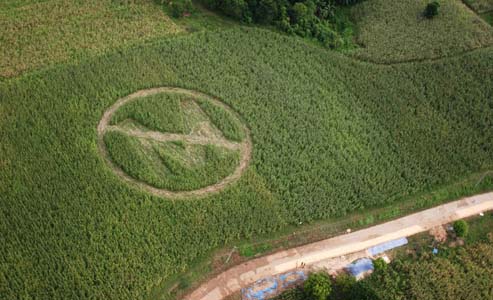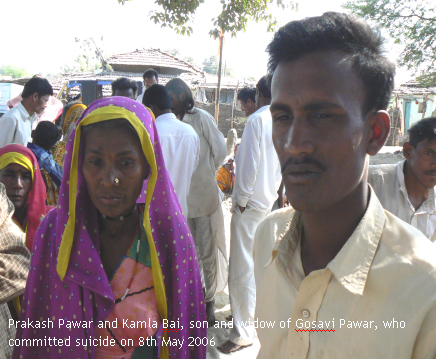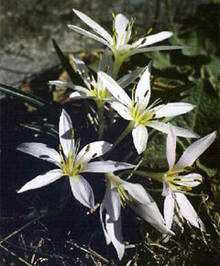It all began with the ruling that a corporation is legally a ‘person’, which undermined the constitution and was dead wrong.
Then in another case (1980 Diamond v. Chakrabarty) those idiot supreme court judges ruled that it is OK to patent life forms, were before life forms were considered a part of nature and were not patentable.
This ruling lead to corporations patenting the genes of everything they can think of, that could later on bring them profit.

Hugh Grant, chief executive officer of Monsanto Co., speaks during an interview in Chicago, Illinois, on Jan. 8, 2010. Photographer: Tim Boyle/Bloomberg
March 12 (Bloomberg) — Monsanto Co., facing antitrust probes into its genetically modified seeds, may benefit from previous court rulings in which intellectual property rights trumped competition concerns, antitrust lawyers say.
The Department of Justice and seven state attorneys general are investigating whether the world’s largest seed company is using gene licenses to keep competing technologies off the market. At issue is how the St. Louis-based company sells and licenses its patented trait that allows farmers to kill weeds with Roundup herbicide while leaving crops unharmed. The company’s Roundup Ready gene was in 93 percent of U.S. soybeans last year.
“Justice is clearly trying every way it can to see whether Monsanto is exceeding its rights under the patent,” said James Weiss, a Washington-based attorney at K&L Gates LLP who helped defend Microsoft Corp. against a federal antitrust probe. “At the end of the day, they may not be able to do much with it because of the scope of those patents. In almost all the cases, the courts come out on the side of intellectual property.”
Read moreMonsanto’s Genetically Modified Seed Patents May Trump Antitrust Claims







